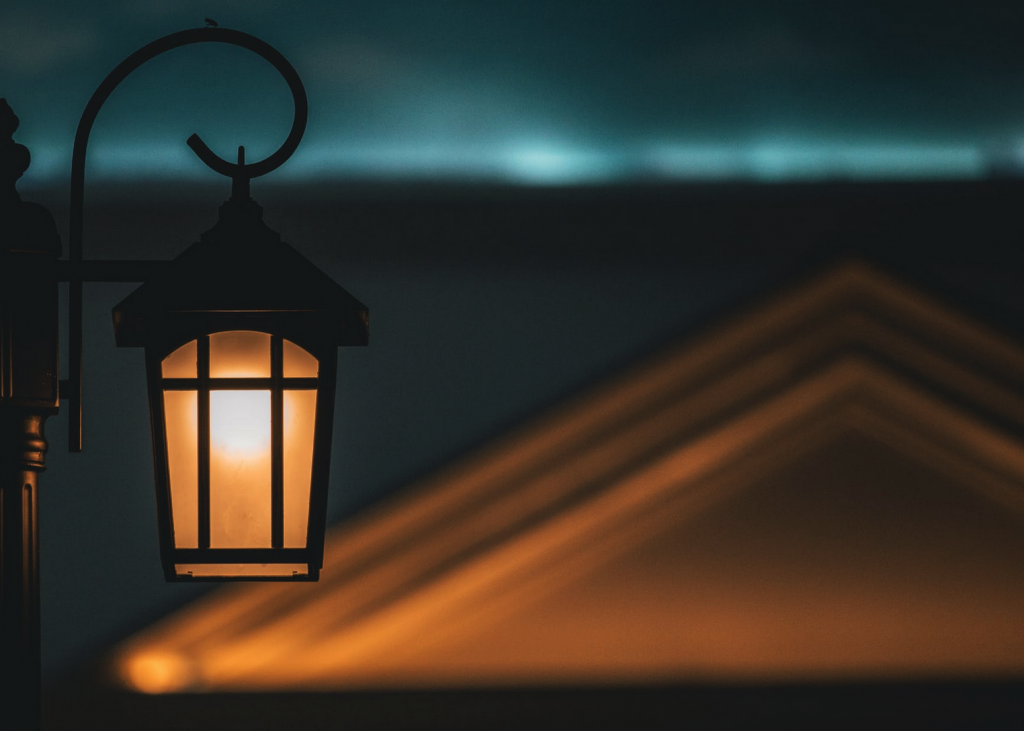
Solar energy has been harnessed over the years due to its renewability, cheap price tag, and durability. Since its clean energy, many people have started using it for an opportunity to save the dying planet and reduce pollution. Previously, it was only used as a lighting and heating alternative in homes and industries whose power consumption bills would skyrocket, but that has since changed. It is now a viable and dependable power source on its own. This has seen people use solar and stay off the grid for years. It has also brought with it solar street lights that solely depend on it to function. If you are looking to harness this power for your street lighting project, here are a few things you need to keep in mind:
Location
For your streetlights to work optimally, you need to install them in an ideal spot. Avoid spaces with shades or shadows for long hours as they reduce the light and heat uptake. Consider solar street lights by Solar Lighting International as they engage experts before installation. They help you calculate the maximum insolation and irradiance. However, when there are no open spaces, consider using longer poles or placing adaptive solar lights in high spots. Since the lights require spacing, check the space available for your project as this might hinder your plans.
Cost
To start with, you need to have an estimated cost of installation. This figure can be sourced from several companies that handle installations or from different packages within one company. Compare these prices to ensure you get value for money at affordable rates. You should also consider maintenance and servicing fees as these costs could ruin your budget. In areas where there are known calamities and robbery, consider increasing the maintenance funds kit amount to cater for any eventuality.

Power Output
When installing streetlights, start by having a feasibility study on your power needs. Each space requires different illumination, and you need to have yours figured out. For large spaces, get potent lights and vice versa. The study also helps you determine power output, battery wattage and capacities, lighting options, and fixtures. It also helps you determine the expected light hours each day for correct street light installation. This helps you get customized street lights for your space.
Safety
Despite the power source being the sun, the streetlights can be a threat and risk to those around. For streetlights in public spaces, ensure you do not interfere with the layout and hinder movement or transportation. Consult local authorities first to avoid breaking the law or losing your investment if forcefully brought down. Use quality material to avoid breakages and accidents that can be costly to replace and to compensate victims. Additionally, consider the material that does not put those around it at risk through electrocution.
Return on Investment
Before installing the lights, you must have a motive behind it. Most people install them to enhance security while others do it to increase the work hours within premises. Ensure the cost does not outdo the expected returns as this makes it a non-viable option. Consider cost-effective street lighting options to ensure you recoup your investment and even make more out of it.